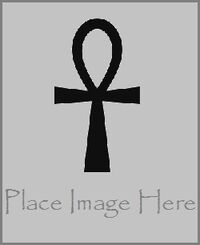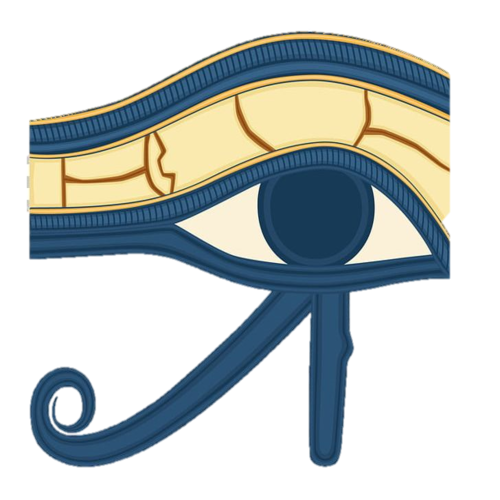| Khendjer | |
|---|---|
 | |
| Rule | |
| Reign | |
| Dynasty | 13th Dynasty |
| Names | |
| Praenomen | Userkare |
| Nomen | |
| Nebty | |
| Horus | |
| Golden Horus | |
| Legacy | |
| Family | |
| Burial Place | Pyramid of Khendjer |
| Monuments | |
Khendjer was an Egyptian king (throne name: Userkare) of the 13th Dynasty. The name Khendjer is poorly attested in Egyptian[1]. Khendjer "has been interpreted as a foreign name hnzr and equated with the Semitic personal name h(n)zr, [for] 'boar'" according to the Danish Egyptologist Kim Ryholt.[2] The scholar notes that this identification is confirmed by the fact that the name h(n)zr is written as hzr in a variant spelling of this king's name on a seal from this king's reign.[3] Ryholt states that the word boar is attested as huzīru in Akkadian, hinzīr in Arabic, hazīrā in Aramaic, hazīr in Hebrew (the name is attested as hēzīr in I Chron. 24:15, Neh. 10:20) hu-zi-ri in the Nuzi texts, hnzr in Ugarit, and perhaps hi-zi-ri in Amorite." [4]
Reign Length
The latest attested date for his reign is the fourth month of the season of Akhet (inundation), day 15 in his fifth Regnal Year. Kim Ryholt notes that two dated from control notes on stone blocks from his unfinished pyramid complex give him a minimum reign of 4 Years 3 Months and 5 days.[5] The two aforementioned control notes are dated to Year 1 I Akhet day 10 and Year 5 IV Akhet day 15 of his reign. [6]
Khendjer is mainly known from his pyramid complex excavated by G. Jequier at Saqqara which was perhaps completed as a pyramidion was found[7]. He is also known from inscriptions and movable objects bearing his name. These include a fragment of a Canopic Jar found at Saqqara, which offers a partial name for his wife, Seneb ... (K.S.B. Ryholt restores this as "Sonbhenas"). A stela from Abydos records building works of the king at the Osiris temple at Abydos and names the vizier Ankhu. A stela once in Liverpool (destroyed in World War II), provides the name of the king's son Khedjer. He might be a son of the king. [8] Other objects with his name, according to the list provided by Ryholt, include three cylinder-seals from Athribis, a tile found near el-Lisht, Scarab seals, and an axe blade.
Footnotes
- ↑ The name Khedjer for private individuals appears on only two monuments: Stela Marischal Museum, University of Aberdeen ABDUA 21642 and on stela Liverpool M13635, see Ian Ralston: The Stela of Ibi son of Iiqi in the Marischal Museum, University of Aberdeen, In Discovering Egypt from the Neva, The Egyptologcial Legacy of Oleg D Berlev, edited by S. Quirke, Berlin 2003, p. 107-110, pl. 6 and W. Grajetzki: Two Treasurers of the Late Middle Kingdom, Oxford 2001, p. 28, pl. 2. Both monuments date to around the time of king Khendjer and the individuals there might have called themself after the king.
- ↑ K.S.B. Ryholt, The Political Situation in Egypt during the Second Intermediate Period (Carsten Niebuhr Institute Publications, vol. 20. Copenhagen: Museum Tusculanum Press, 1997, p.220
- ↑ Ryholt: p.220 and footnote 763
- ↑ Ryholt: p.220
- ↑ Ryholt:p.193
- ↑ Ryholt: p.193-195
- ↑ G. Jequier: Deux pyramides du Moyen Empire, Cairo 1933, S. 3-35
- ↑ W. Grajetzki: Two Treasurers of the Late Middle Kingdom, Oxford 2001, p. 28, pl. 2
| Predecessor: Sedjefakare |
Pharaoh of Egypt 13th Dynasty |
Successor: Imyremeshaw |
